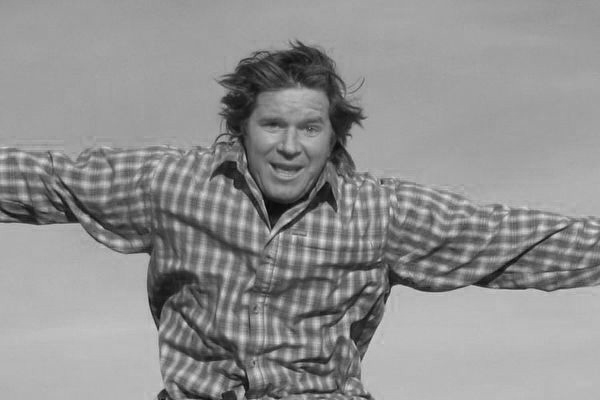
 Fred Williams
Brand Manager, Petersen’s 4Wheel & Off Road
Fred Williams
Brand Manager, Petersen’s 4Wheel & Off Road

When you hit the trails in a nimble Jeep or mini-truck, there are tons of options for body and belly protection. But when your ride of choice is a fullsize truck, then you need to look a little harder for protection. We recently did some upgrades to our Red Sled in order to protect the body and vital components underneath, but found the aftermarket supply lacking for some of what we wanted to do. With some work we ended up with a mixture of off-the-shelf armor and custom-built parts for the big beast. We know the big trucks can be disdained on the black-diamond trails, but we've seen them run some impressive obstacles even when strapped with fat weight and mile-long wheelbases.
The Sled is more weekend explorer than rockclimber, but as we keep upgrading parts, it keeps stepping closer to the harder stuff, and these upgrades will make it that much better for the little Jeep obstacles. If you like wheeling a fullsize truck too, consider these upgrades to make your wheeling trip that much more enjoyable and getting home in one piece much more realistic.










